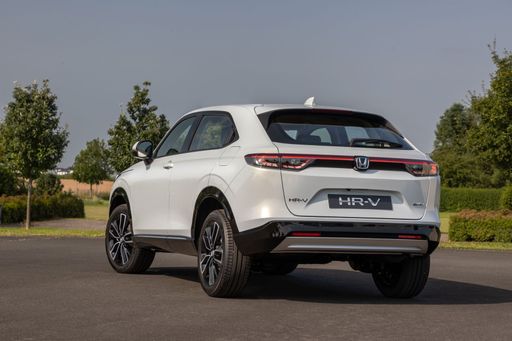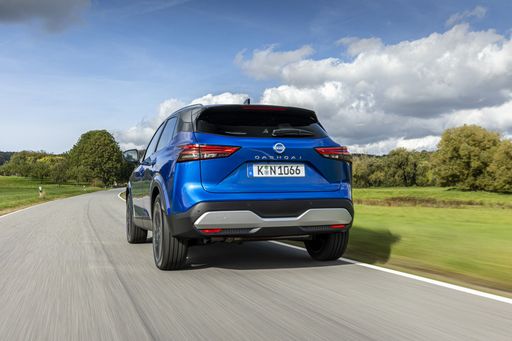The SUV Showdown: Honda HR-V vs. Nissan Qashqai
In the competitive compact SUV market, the Honda HR-V and the Nissan Qashqai stand out as two compelling options, each offering a unique blend of performance, comfort, and innovation. As automotive enthusiasts, we dive into the technical aspects, innovations, and features that set these two vehicles apart. Let’s explore what each has to offer!









